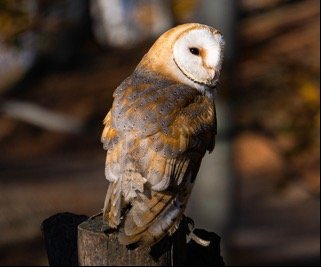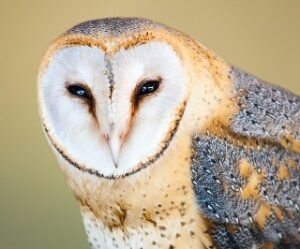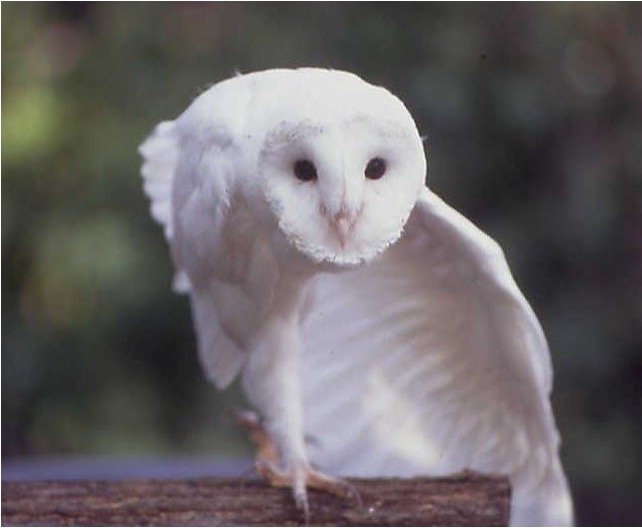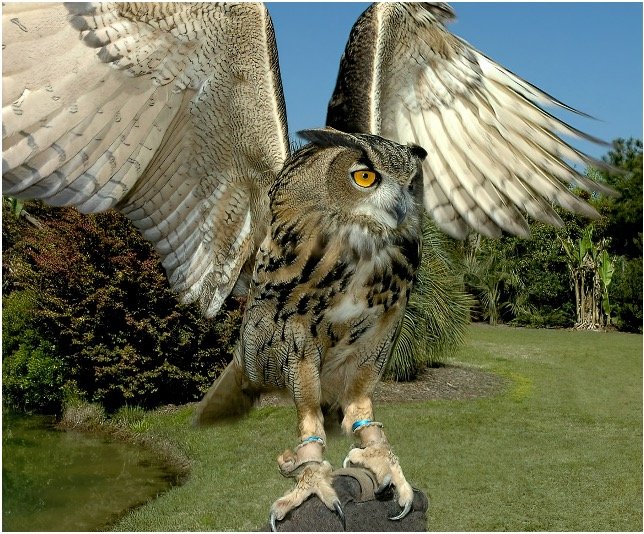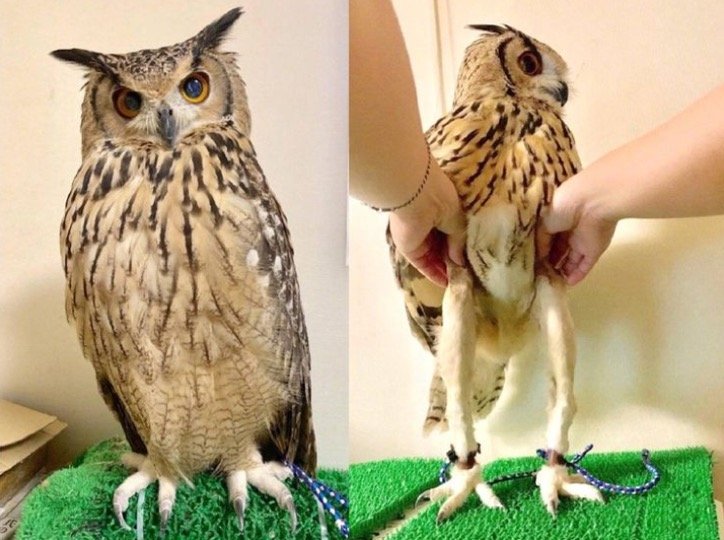
Owls, the mysterious birds of the night, have a lot of cool tricks up their feathers. We usually talk about their big eyes and how quietly they fly, but have you ever wondered about their legs? Owl legs are like a hidden superpower, and we’re about to uncover the secrets of these amazing limbs.
Different photographs of owl legs that have been surfaced on the internet have gone viral over the years, and it has captured the attention of a large number of viewers.
As a result, we’ve put up this guide in an attempt to answer questions and provide (rather entertaining) photographs of owl legs.
15 Cutest Owls In The World
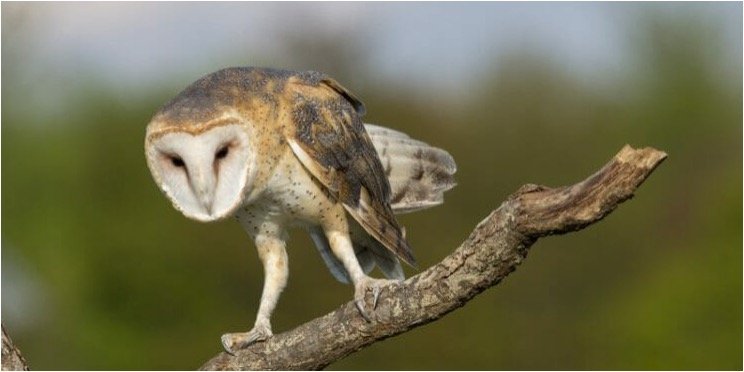
Owl Legs
Owls are predatory birds with powerful legs designed for hunting and catching prey. They have two toes that point forward and two toes that point backward, allowing them to grasp and hold onto their prey tightly.
Their talons are sharp and curved, and they use them to quickly and efficiently catch and kill their prey.
Owls have feathers on their legs that keep them warm and provide insulation while hunting in cold environments. These feathers are also known as “leggings.”
Furthermore, some owl species have feathered feet that allow them to move silently and stealthily through their environment, allowing them to sneak up on prey unnoticed.
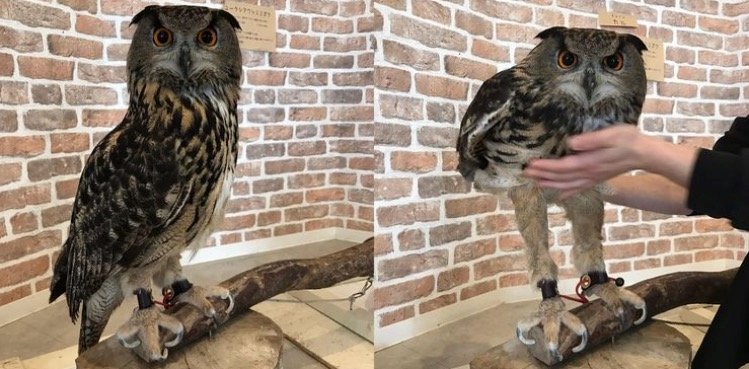
What Do Owls Legs Look Like?
Owls’ legs are feathered and relatively thin and long in comparison to their body size. The legs are typically covered in scales or rough-textured skin and are usually a light color, such as yellow or gray.
Owls’ legs have sharp claws, or talons, that they use to catch and hold onto prey. Talons are long, curved, and razor-sharp, and they are designed to grip prey with great force. Owl legs are also flexible and rotatable, allowing the birds to adjust their position while perched or flying.
Do Owls Have Legs?
Yes! Owls do have legs. Owls have two legs located beneath their bodies that they use for walking, perching, and hunting. Owl legs are feathered and thin and lightweight, allowing them to move quickly and quietly through their environment.

Do Owls Have Long Legs?
Some owl species have long legs in comparison to their body size, while others have shorter legs. The length of an owl’s legs is frequently related to its hunting habits and environment.
For example, owls that hunt in open environments like grasslands or tundras may have longer legs to help them navigate through tall grass or snow and reach prey on the ground.
In contrast, owls that hunt in forested areas may have shorter legs, allowing them to move more easily through trees and dense vegetation.
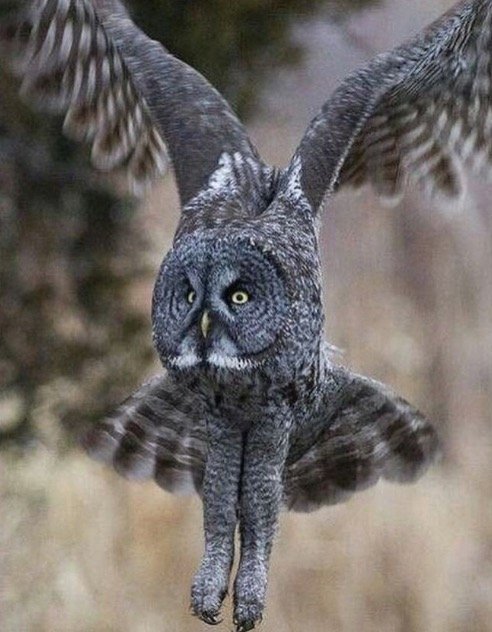
How Long Are Owl Legs?
The length of an owl’s legs varies depending on the species. Owl legs can range in length from about 10 centimeters (4 inches) to 30 centimeters (12 inches). Some of the largest owl species, however, such as the Great Grey Owl and the Eurasian Eagle Owl, can have legs as long as 38 centimeters (15 inches).
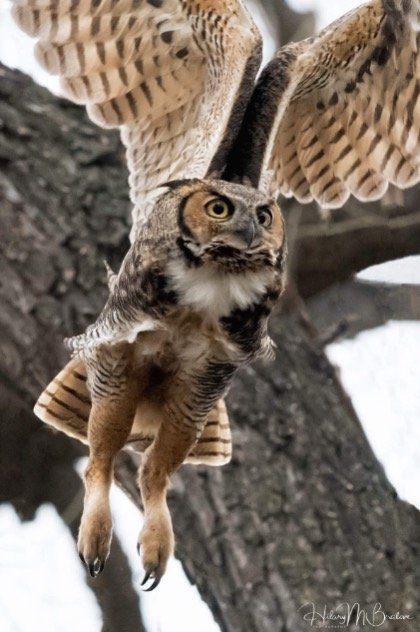
Owl Legs Length
Here is a table showing the approximate leg length range for some common owl species:
| Owl Species | Leg Length Range |
| Barn Owl | 13 – 15 cm |
| Tawny Owl | 6 – 9 cm |
| Snowy Owl | 15 – 18 cm |
| Great Horned Owl | 11 – 13 cm |
| Long-eared Owl | 6 – 8 cm |
| Short-eared Owl | 10 – 12 cm |
| Northern Saw-whet Owl | 5 – 6 cm |
| Burrowing Owl | 6 – 7 cm |
| Eurasian Eagle Owl | 30 – 38 cm |
| Great Grey Owl | 20 – 25 cm |
| Screech Owl | 6 – 8 cm |
| Spectacled Owl | 13 – 15 cm |
| Barred Owl | 10 – 12 cm |
| Boreal Owl | 7 – 9 cm |
| Ferruginous Pygmy Owl | 4 – 5 cm |
| Elf Owl | 4 – 5 cm |
| Northern Hawk Owl | 9 – 11 cm |
| Spotted Owl | 10 – 12 cm |
| Western Screech Owl | 6 – 8 cm |
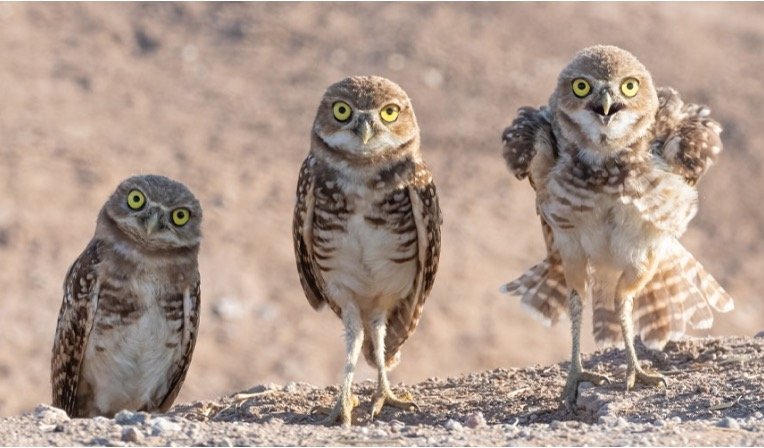
Interesting Facts About Owl Long Legs?
1. Owl legs are feathered: Unlike most birds, owls have feathers that extend all the way down their legs and onto their talons. In cold weather, this helps to insulate their legs and keep them warm.
2. Owl talons are extremely strong: Owl talons are sharp and powerful, and they can grip prey with incredible force. Some owl species have talons that can exert 500 pounds of pressure per square inch!
3. Owls have zygodactyl feet: It means owls have two toes facing forward and two toes facing backward. This configuration of toes enables them to grip branches and other objects with incredible precision.
4. Owls have long legs in comparison to their body size: While the length of an owl’s legs varies depending on the species, but they are generally longer in comparison to most other birds. This allows them to easily perch on branches and other structures.

5. Owls have a flexible ankle joint: An owl’s ankle joint is located at the “knee” of their leg and is extremely flexible. This enables them to grasp prey from various angles by rotating their talons and feet.
6. Some owl species have asymmetrical legs: It means that one leg is longer than the other. This adaptation allows them to perch more securely on slanted branches and other irregular surfaces.
7. Owls have a distinct toe arrangement: The toe arrangement on owl feet is highly specialized and distinct from that of most other birds. An owl’s first and fourth toes point backward, while the second and third toes point forward. This configuration allows them to grasp prey and perch safely.
8. Owl legs are extremely strong: Despite their small size, owl legs are extremely strong and powerful. This enables them to lift and carry prey several times their own weight.
9. Owls have adaptations for silent flight: The presence of a soft fringe of feathers along the leading edge of the wing is one of the unique adaptations of owl legs for silent flight. This muffles the sound of their flight, allowing them to fly through the night in search of prey.

What Is The Reason For Owl Long Legs?
Owls have long legs that are designed for hunting and survival. Owls’ long legs are designed to aid them in catching, killing, and carrying prey, as well as navigating their environment. The ability to catch and hold onto prey is one of the primary functions of owls’ long legs.
Their sharp and powerful talons allow them to tightly grasp prey and prevent it from escaping. The owl’s long legs also provide the leverage and strength required to hold onto prey while the beak tears off chunks of meat.
6 Largest Owls In The World: Everything You Need To Know
Owl legs help the owls navigate their environment in addition to catching prey. Owls are known for their ability to fly silently, and their long legs aid in shock absorption and noise reduction when they land on the ground or in trees.
Owls can also perch on branches or other surfaces without losing their balance or falling off because of their long legs.
Owl Long Legs: An Evolutionary Benefit
Owl legs have long been prized for their looks, but what makes them look good is a complete accident of evolution.
5 Simple & Proven Ways To Attract Owls To Your Yard
The joint that connects an owl’s thigh bone to its body is located far forward of most other birds’—allowing owls to rotate their leg forward and perch comfortably on branches without falling off. As a result, owl legs lengthened over time and became showy displays of avian beauty.
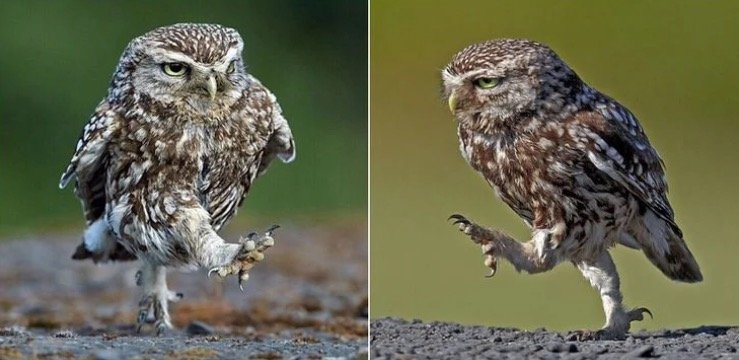
Why Are Owl Legs So Long?
There has been some debate about what is responsible for the longer leg bone length, and there have been a few theories on why. The most recent research suggests that it is due to evolution – in short, natural selection. In other words, owls that had longer legs survived long enough to mate and pass along their genes.
Which Owl Has The Longest Legs?
The Eurasian Eagle Owl (Bubo bubo) has the longest legs of all owl species. The legs of the Eurasian Eagle Owl can grow to be 38 centimeters (15 inches) long, making them the longest of any owl species.
Are Owls Omnivores? Everything You Need To Know
The Eurasian Eagle Owl is a top predator in its habitat, and its long legs allow it to catch and hold prey while also navigating its environment with precision and speed.
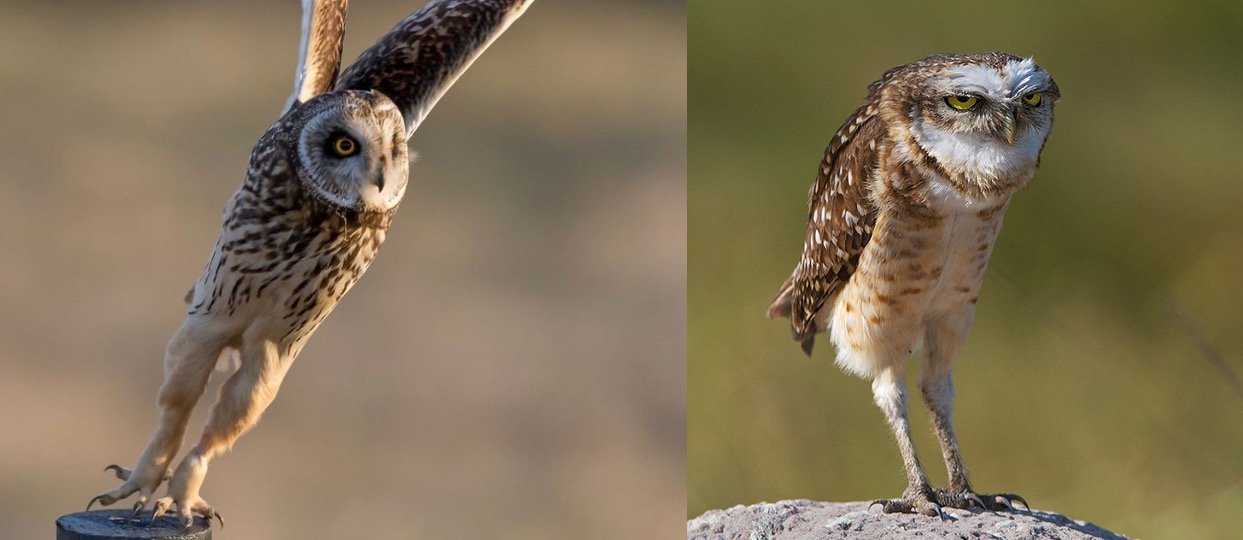
Do Owls Have Knees?
Owls, like humans, have knees. Their knees, however, are not visible on the outside of their bodies because they are high up on their legs, hidden beneath their feathers. What appears to be an owl’s “knee” is actually the bird’s ankle joint.
This flexible joint allows the owl to rotate its foot and talons to grasp prey from various angles. The owl’s knee joint is higher up on the leg, closer to the body.
The owl’s unique knee placement allows them to have a greater range of motion and flexibility in their legs, which is important for hunting and survival. They can also perch on branches with ease and balance.
What Do You Name The Legs Of An Owl?
Because there is no precise or scientific name for an owl’s legs, they are simply referred to as “legs” instead.
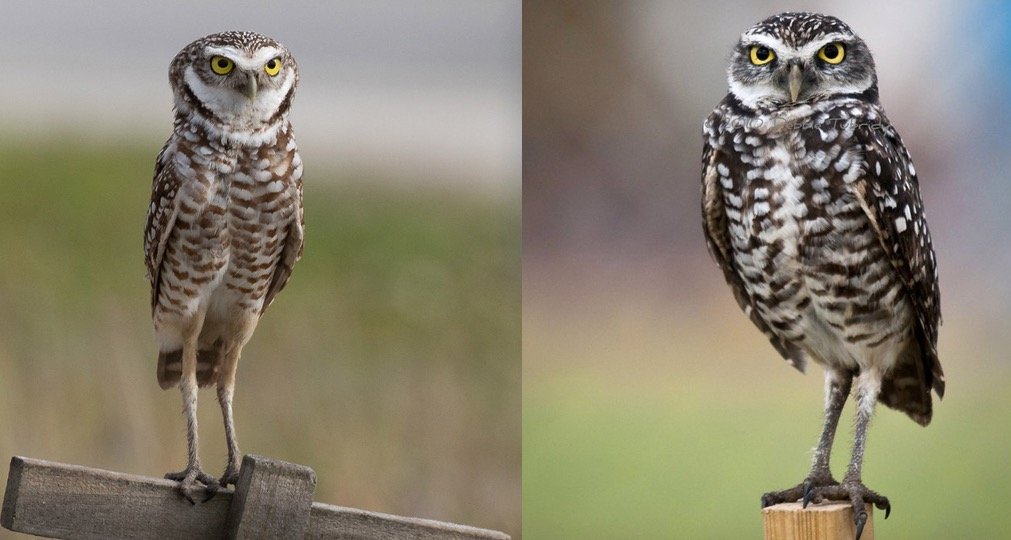
Do Owls Have Feathered Legs?
Owls do have feathered legs. Unlike many other bird species, owls have feathers that extend all the way down their legs and onto their talons. This adaptation aids in insulating their legs and keeping them warm in cold weather.
Where Do Owls Live? Everything You Need To Know
Do Owl Long Legs Good For Flying?
The length of an owl’s legs has nothing to do with its ability to fly. Instead, owls’ flight abilities are primarily attributed to their wings and feathers. However, Owl legs aid in flight by providing balance and stability.
When owls land or take off, their legs extend to help them stay balanced and adjust their position in the air. Furthermore, the feathers on their legs and talons may aid in reducing drag and turbulence, allowing them to fly more efficiently.
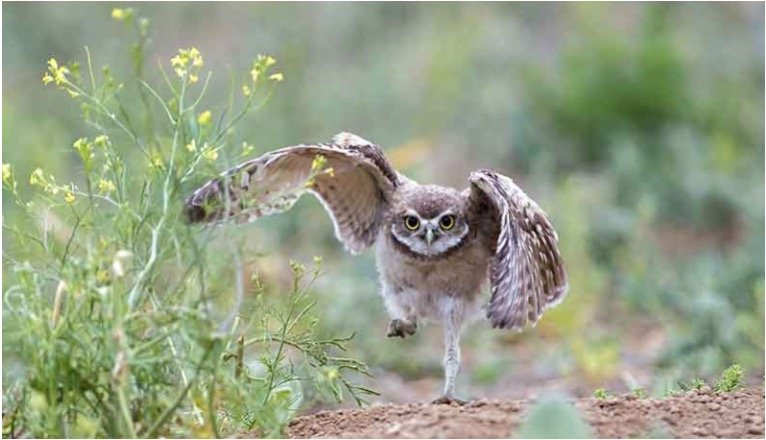
Why Owl Legs Are Very Thin?
Owl legs are thin in order to reduce weight and increase agility. Owls are highly specialized hunters, and they have evolved a number of adaptations that allow them to move quickly and quietly through their environment in pursuit of prey.
Thin legs reduce the overall weight of the bird and allow it to maneuver more easily through dense vegetation or narrow spaces.
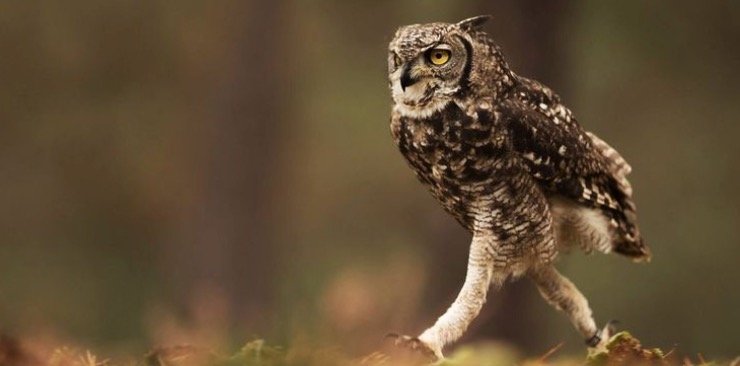
It’s also worth noting that, despite their thinness, owl legs are incredibly strong and flexible. Their bones are filled with air sacs, which add strength while also reducing weight, and their ankle joints are highly flexible, allowing them to quickly and easily adjust their position.
Where Do Owls Nest? Everything You Need To Know
Do Owl Long Legs Good for Catching Prey
Yes, Owls’ long legs help them catch prey because they allow them to reach and grasp their prey more easily. The length of an owl’s legs is frequently related to its hunting habits and environment.
Longer legs may be found in owls that hunt in open habitats such as grasslands or tundras to help them navigate through tall grass or snow and reach prey on the ground.
In contrast, owls that hunt in forested areas may have shorter legs, allowing them to move more easily through trees and dense vegetation.
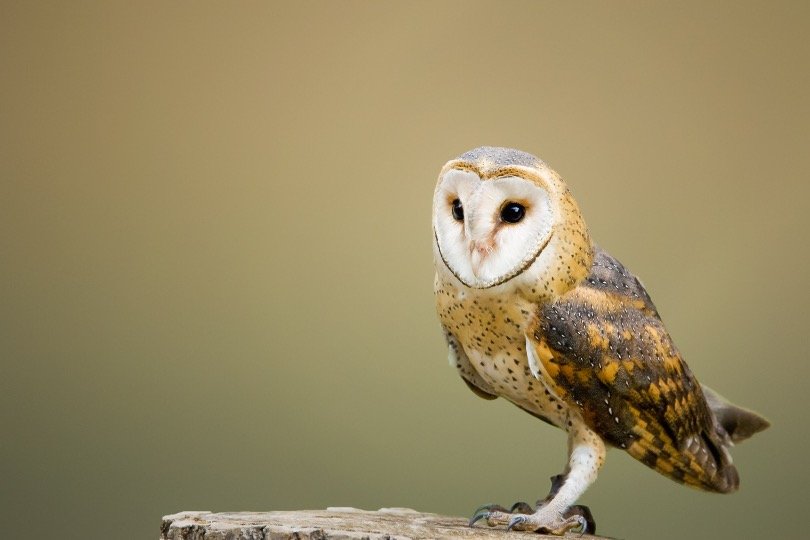
Why Owl Long Legs Are Important?
Owls have long legs for a variety of reasons. First they enable owls to maintain balance and stability while perched or flying. Owls are highly specialized hunters who must be able to move quickly and accurately to catch prey, and their long legs assist them in maintaining their balance and adjusting their position in the air.
Second, owl long legs are frequently specialized for different species’ hunting habits and environments. For example, owls that hunt in open areas may have longer legs to help them navigate through tall grass or snow, whereas owls that hunt in forests may have shorter legs to help them navigate through trees and dense vegetation more easily.
Third, the long legs of owls aid in thermoregulation. Owls can regulate their body temperature using a process known as convection, which involves the transfer of heat via the circulation of air. By extending their legs away from their bodies, owls increase the surface area available for heat exchange, allowing them to more effectively regulate their body temperature.
Owl Face: 19 Owl Species With Irresistible Faces
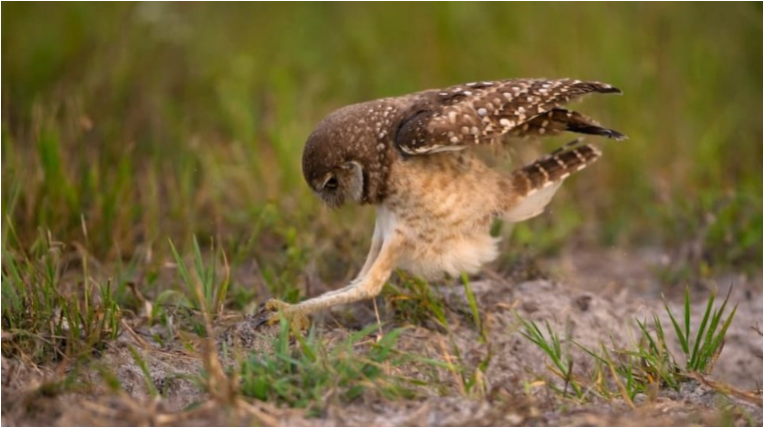
Do Owls Walk?
Yes, owls can walk, but they usually prefer to hop, climb, or fly rather than walk on the ground. This is due to the fact that their legs and feet are designed for perching and grasping prey rather than walking or running. When an owl needs to move on the ground, it usually hops or shuffles along in small steps.
Owls can use their sharp talons and strong legs to climb trees and other structures. Walking, on the other hand, is a rare mode of transportation for owls, and is usually reserved for short distances or when they are injured or unable to fly.
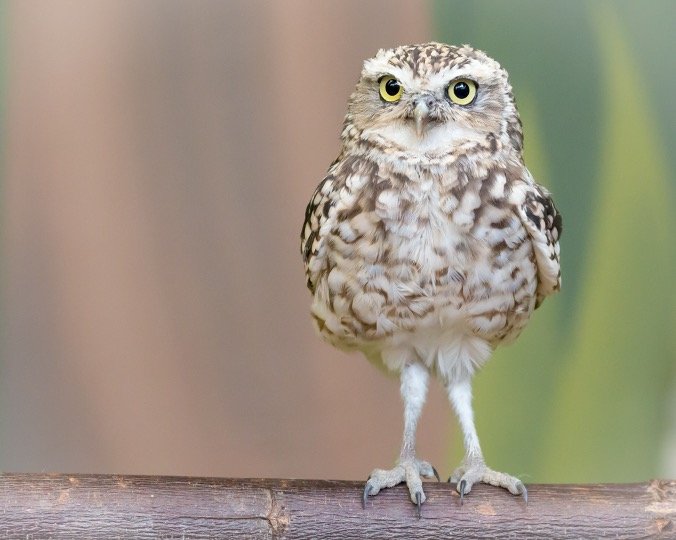
Can Owls Run?
While owls are not known for running but they are capable of running short distances if necessary. Running, on the other hand, is not a preferred mode of transportation for owls, who are much better adapted to flying and perching.
Owls’ strong legs and sharp talons are typically used for perching on branches, catching prey, and climbing trees, but they are not built for sustained running or fast movement on the ground. Instead, they hunt and move through their environment using their ability to fly silently and quickly.
Can Owls Walk Backwards?
Owls can, in fact, walk backwards. They have two talons facing forward and one facing backward. This structure gives them outstanding balance and allows them to walk easily in different directions.

Take Away Message
Finding owls on the ground is an uncommon sight, and seeing them walking and running is much more unusual, so it’s no surprise that we are all taken aback when we see an owl’s legs. You will almost definitely never look at owls the same way again.
